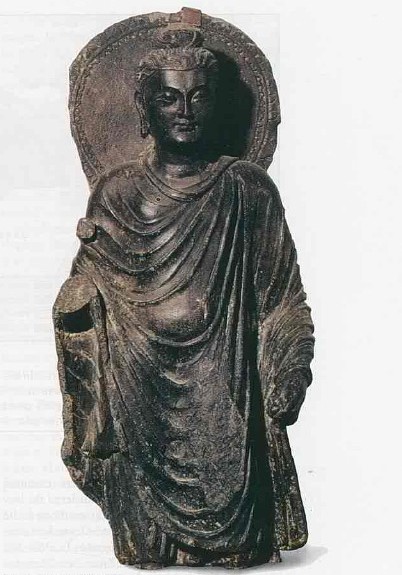if you want to learn more:
W Civ? World History? Thanks to Bill Gates, the way we study big, synthetic history may change forever.
Among the marvels of the Hellenistic world, Ptolemy (fl. Alexandria 127-148 AD) was an interesting man, especially perhaps for mathematicians.
Visit Alexandria itself, named for its founder, Alexander the Great.
Mary Renault's The Persian Boy (Pantheon, 1972 ) gives a fictionalized account of Alexander's life as recounted by his lover, a young Persian eunuch. Though dated in some respects, this book is deservedly a classic, notable both for its skilful historical fiction & its sensitive portrayal of same-sex relations in the ancient world. Read a synopsis & find links to the underlying historical people, places & events.
At the so-called House of the Faun, one of the most opulent buildings in ancient Pompeii (buried by volcanic ash when Vesuvius erupted on 24 August, 79 AD), diggers in 1831 discovered a monumental mosaic depicting a dramatic vignette from one of Alexander the Great's victories. The floor mosaic, ca. 19 x 10 feet and originally made of ca. 4 million hand-laid tesserae (coloured stone pieces), is thought to be a ca. 100 BC copy of an ancient Greek painting attributed to Apelles of Kos, fl. towards the end of the 4thC BC (perhaps even a contemporary of Alexander's). Recent analysis of the areas of the mosaic that were damaged (& repaired) in antiquity has allowed researchers to reconstruct how the Romans would have viewed this mosaic.
Visit the villa of 1stC BC poet Horace, and read one of his children's stories
Visit Ephesus, a typical (?) Roman city, or Rome and a variety of other cities.
Thanks to Google's Street View feature, you can now tour Pompeii -- the actual site, not a CGI reconstruction.
or you can tour Hadrian's Wall running across the northern limes (boundary) of Roman Britain, learn about daily life and more.
The so-called Antikythera mechanism is a bronze device recovered in 1900-1 from a wreck in the Aegean. It is thought to date to the 2ndC BC, perhaps even as early as 200 BC, and is hypothesised to have served as a mechanical computer for making astronomical calculations. It has just been announced that a new mission is underway in 2014 to explore the wreck further, and this time, Robert Downey Jr is going in.
Finally, you could sample some Greco-Roman artwork, including a gallery of astonishing funerary paintings from Roman Egypt (so-called Fayyum portraits).
A striking illustration of the cultural syncretism brought about by the spread of Hellenistic civilisation is provided by this 2ndC AD buddha from the ancient kingdom of Gandhara (in modern northern India, Pakistan & Afghanistan), in a so-called Greco-Indian style. Note the typically Indian pose, features & coiffure, alongside the typically Greek drapery of the clothing.
